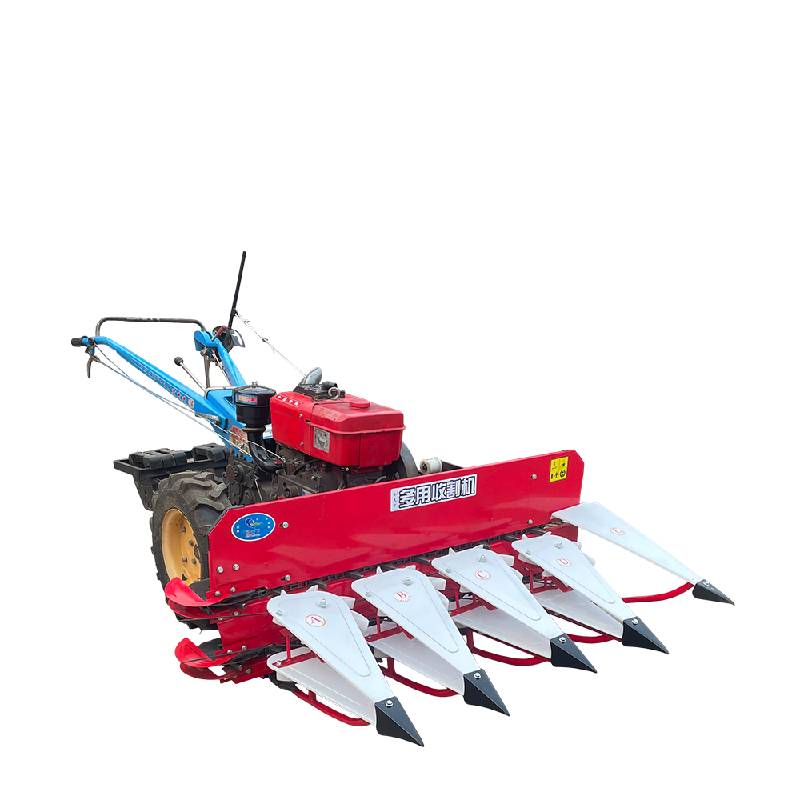Efficient Wheat Harvesting Equipment for Maximum Yield and Performance
The Evolution and Importance of Wheat Harvesting Machines
Wheat is one of the most important staple crops globally, serving as a primary food source for billions of people. As the demand for wheat continues to rise due to population growth, the efficiency of wheat harvesting becomes increasingly crucial. This is where wheat harvesting machines come into play, revolutionizing traditional farming practices and significantly improving productivity.
The Historical Context
Historically, wheat harvesting was a labor-intensive process. Farmers relied on manual labor, using sickles and scythes to cut wheat stalks by hand. This was not only time-consuming but also limited the scale of production. As populations grew and urbanization increased, the need for more efficient agricultural practices led to the invention of various harvesting devices. The first mechanical reapers appeared in the early 19th century, and they began to reshape the agricultural landscape.
Modern Wheat Harvesting Machines
Today, wheat harvesting is predominantly carried out using advanced machinery known as combines or combine harvesters. These machines are engineered to perform multiple tasks—cutting, threshing, and separating grains—all in a single pass through the field. Modern combines are equipped with cutting-edge technology, including GPS systems for precision farming, automated yield monitors, and advanced engine systems designed for fuel efficiency.
The self-propelled combine harvester, in particular, has revolutionized the way wheat is harvested. With its ability to operate in various terrains and conditions, it significantly reduces the need for manual labor. This efficiency not only enhances productivity but also allows farmers to cover larger areas in a shorter amount of time, which is critical during the narrow harvesting season.
wheat harvesting machine

Economic Benefits
The economic implications of using wheat harvesting machines are profound. Improved efficiency leads to lower operational costs in the long term. While the initial investment in machinery can be substantial, the return on investment is typically realized through increased yields and reduced labor costs. Furthermore, as the world faces challenges such as climate change and resource scarcity, innovative farming technologies like harvesters are essential for sustainable food production.
For small-scale farmers, access to rental services for harvesting equipment has become a viable option. This allows farmers who may not afford expensive machinery to benefit from modern technology. Cooperative models further aid this by enabling multiple farmers to share equipment, thus optimizing resource use and increasing overall productivity.
Challenges Ahead
Despite the advancements in wheat harvesting technology, challenges remain. The high cost of maintenance and operation of these machines can be daunting for some farmers. Moreover, the rapid pace of technological advancement means that farmers need ongoing education and training to effectively use new equipment. There is also the concern of increased reliance on machinery potentially leading to a loss of traditional farming knowledge and practices.
Conclusion
In conclusion, wheat harvesting machines are vital to modern agriculture, significantly improving the efficiency and productivity of wheat harvesting. As farmers navigate the complexities of global food demands, embracing these technologies will be critical. While challenges exist, the potential for these machines to transform wheat production is undeniable. Future innovations will likely focus on sustainability and further integration with precision agriculture, ensuring that we can meet the growing demand for wheat while caring for our environment. The journey of wheat harvesting machines reflects the broader narrative of agricultural evolution, one that continues to shape our food systems today and into the future.
Latest news
-
When to Upgrade Your Old Forage HarvesterNewsJun.05,2025
-
One Forage Harvester for All Your NeedsNewsJun.05,2025
-
Mastering the Grass Reaper MachineNewsJun.05,2025
-
How Small Farms Make Full Use of Wheat ReaperNewsJun.05,2025
-
Harvesting Wheat the Easy Way: Use a Mini Tractor ReaperNewsJun.05,2025
-
Growing Demand for the Mini Tractor Reaper in AsiaNewsJun.05,2025
